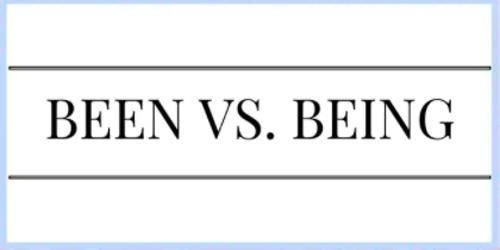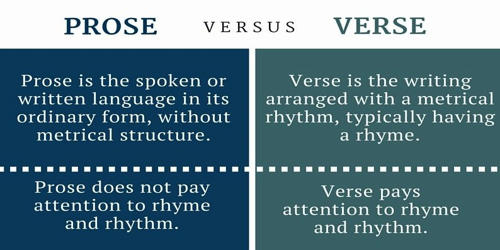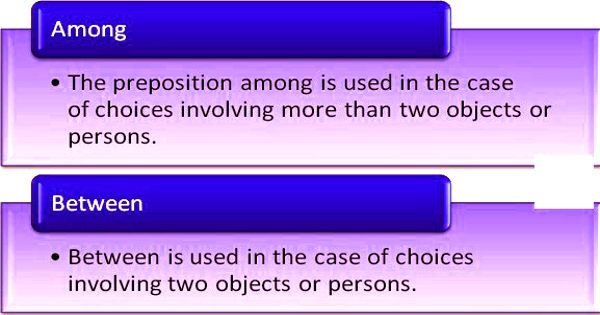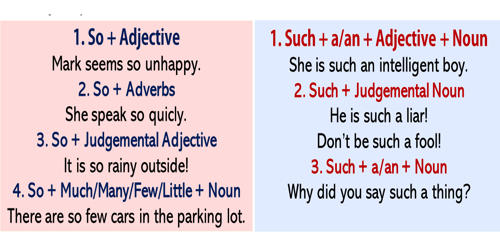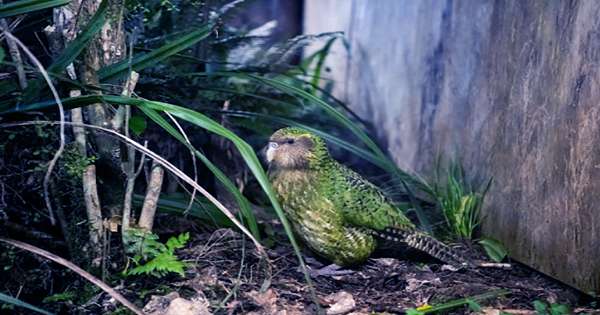The words ‘being’ and ‘been’ are sometimes confused. ‘Be’ is an irregular verb, which is used with prepositions to form sentences. The word “been” is the past participle of the verb “to be.” The two forms of the verb ‘be’ are been and being that are commonly juxtaposed, during their usage. Been is a form of ‘be’, which is a past participle one. On the other hand, being is also a type of ‘be’, but present participle one. The word “being” is the present participle of the verb “to be.” Been is used in sentences to outline some information about the subject, which is not present but from an earlier time. As a rule, the word ‘been’ is always used after ‘have’ whereas ‘being’ is never used after ‘have’. It is used after ‘be’.
On the other hand, being is used when an action is going on in the present situation. Further, it also expresses the state of existing. “Being” is the present participle of the verb “to be.” “Been” is the past participle of the verb “to be.” Being is a present participle, whereas been in the past participle. Been can be applied to more tenses compared to being. While been is used with has, have and had, being is used with is, am, are, was, and were.
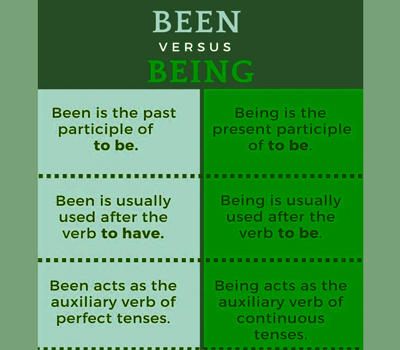
Difference between Been and Being
BEEN
- Been is the past participle version of the verb ‘be’. The past participle, been, is also used in the passive voice, but can also be used in several other tenses as well.
- Been is used as a helping verb in sentences to form sentences in the perfect tense. Been can be used as a verb only.
- The past participle form of the word ‘be’ is ‘been’. Been is a verb, which is used to express some detail or information about the subject, which is not happening in the present, rather it is from an earlier time.
- Use “been” after the verb “to have” (e.g., has, have, had, having). For example: I have been to Paris.
- Examples: I have been working here for a long time. Shruti has been to London many times.
BEING
- Being in the present participle version of the verb ‘be’. The present participle, being, is used in the passive voice, namely, the passive form of the present continuous or progressive, and the past continuous or progressive.
- To form sentences in continuous tense, we use ‘being’. Being can be used as a verb, noun, and gerund.
- In simple words, ‘being’ refers to someone or something which is existing. It implies the nature or behavior of a person, which is only one time and not a regular behavior. Nevertheless, it cannot be used to show a person’s feelings. It is the present participle form of the word ‘be’, which plays the role of a helping verb in forming sentences in the present continuous tense.
- Use “being” after the verb “to be” (e.g., am, is, are, was, were). For example: The greatest benefit is being in Paris.
- Examples: She is being rude. I am being more careful, this time.
